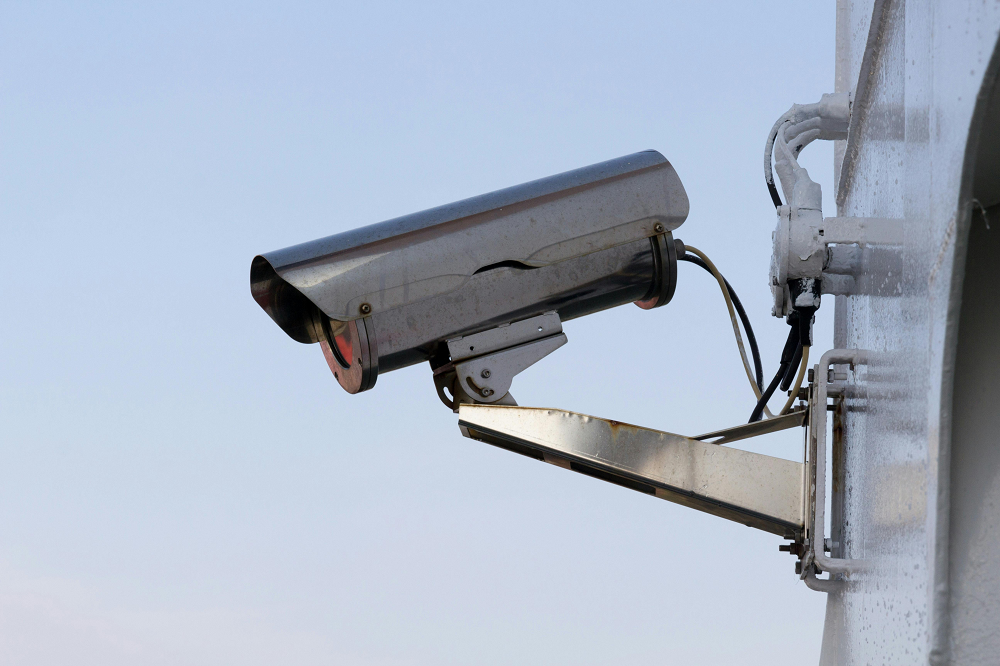Wireless cameras have become a staple in modern security systems, offering flexibility and ease of installation that hardwired cameras cannot match. However, despite their widespread adoption and various advantages, wireless cameras are not without their problems.
This article delves into the common issues associated with wireless cameras, exploring their impact on security efficacy and user satisfaction.
Dependency on a Stable Internet Connection
Wireless cameras rely heavily on a consistent and stable internet connection to function effectively. Unlike traditional wired cameras, which use physical connections to transmit data, wireless models transmit video footage over Wi-Fi or other wireless networks.
This dependency can lead to various problems, particularly in environments where internet connectivity is unstable or slow. Interruptions in connectivity can cause lapses in video feeds, potentially missing critical moments.
This issue underscores the importance of a reliable internet service, especially when implementing outdoor surveillance cameras in remote or less serviced areas.
Vulnerabilities to Hacking and Interference
One of the most pressing concerns with wireless cameras is their susceptibility to hacking and interference. Since these devices transmit data wirelessly, they can be more vulnerable to security breaches.
Hackers can exploit weak encryption and other security flaws to gain unauthorized access to video feeds, compromising the privacy and security of the users.
Additionally, wireless signals can be interfered with by other devices operating on the same frequency, leading to distorted or lost video signals. It is crucial for users and any security camera company in Canada to ensure robust security protocols are in place to mitigate these risks.
Limited Battery Life
Wireless cameras often operate on batteries, which can pose a significant limitation in terms of maintenance and longevity. Battery-powered devices need regular recharging or battery replacements, which can be cumbersome and potentially lead to gaps in surveillance if not managed properly.
This is particularly challenging in outdoor settings where cameras may be placed in difficult-to-reach locations. The need for frequent maintenance can increase the overall cost and effort required to operate a wireless security system efficiently.
Resolution and Video Quality Issues
While advancements in technology have significantly improved the video quality of wireless cameras, issues with resolution and clarity persist, especially compared to their wired counterparts.
Factors such as bandwidth limitations and signal interference can degrade the quality of the video, affecting the camera’s effectiveness in capturing clear images. This can be particularly problematic in scenarios where the detail is crucial for identification purposes or for legal evidence.
Higher Costs and Complexity
Wireless cameras can be more expensive than wired cameras due to the technology required to transmit data wirelessly and the need for integrated batteries and other components. Additionally, while the initial setup might seem simpler, maintaining a wireless system can be more complex.
Issues like signal range, obstacles affecting signal strength, and coordination between multiple wireless devices add layers of complexity to the installation and ongoing management of these systems.
Environmental Constraints and Sensitivity
The performance of wireless cameras can be significantly influenced by environmental factors. Materials like metal, concrete, and brick can obstruct wireless signals, reducing the effective range and stability of the camera’s connection.
Extreme temperatures and weather conditions can also impact the functionality and durability of outdoor surveillance cameras, necessitating additional protective measures or more frequent replacements.
Conclusion
Wireless cameras offer a convenient alternative to traditional wired security systems, but they come with their own set of challenges. Issues ranging from dependency on stable internet connections to vulnerabilities in security highlight the need for careful consideration when choosing a surveillance solution.
Users should weigh the benefits against the potential problems to determine the best security strategy for their specific needs, whether in personal residences or in commercial settings. For anyone considering a security camera company in Canada or elsewhere, understanding these limitations is crucial in designing an effective security system that maximizes safety while minimizing vulnerabilities.



